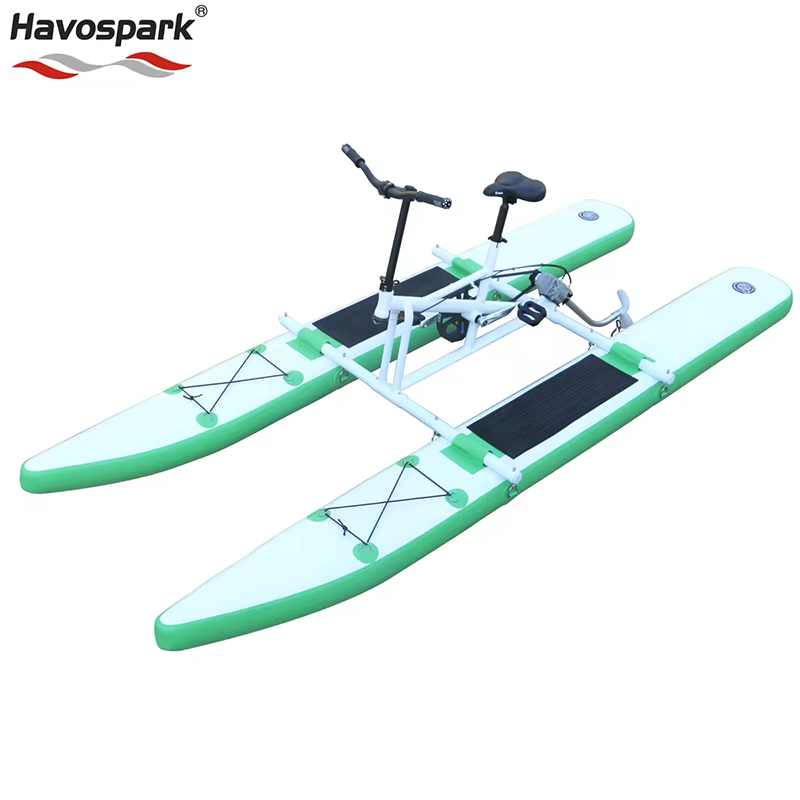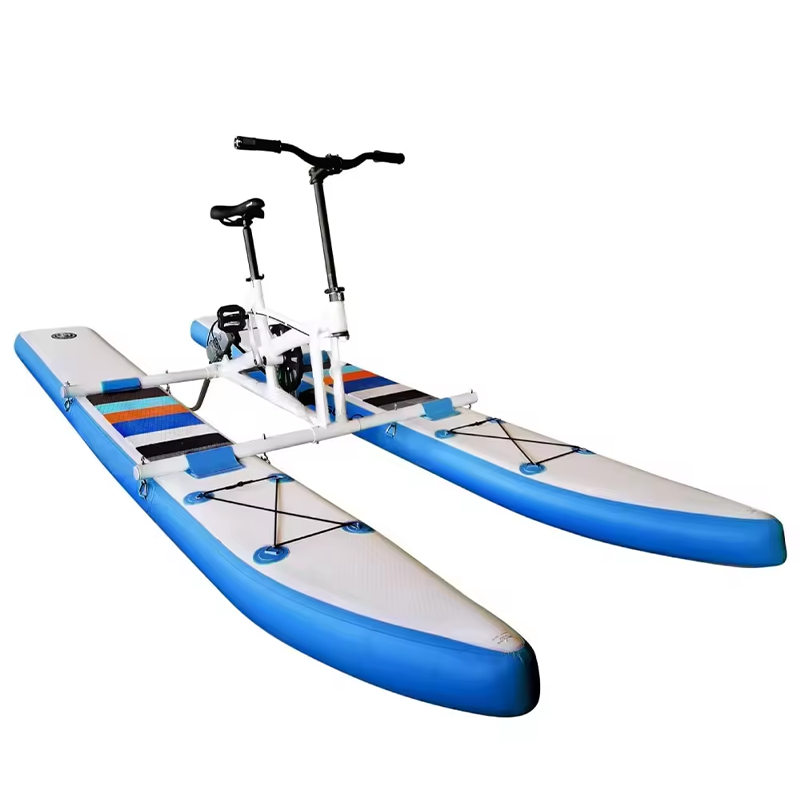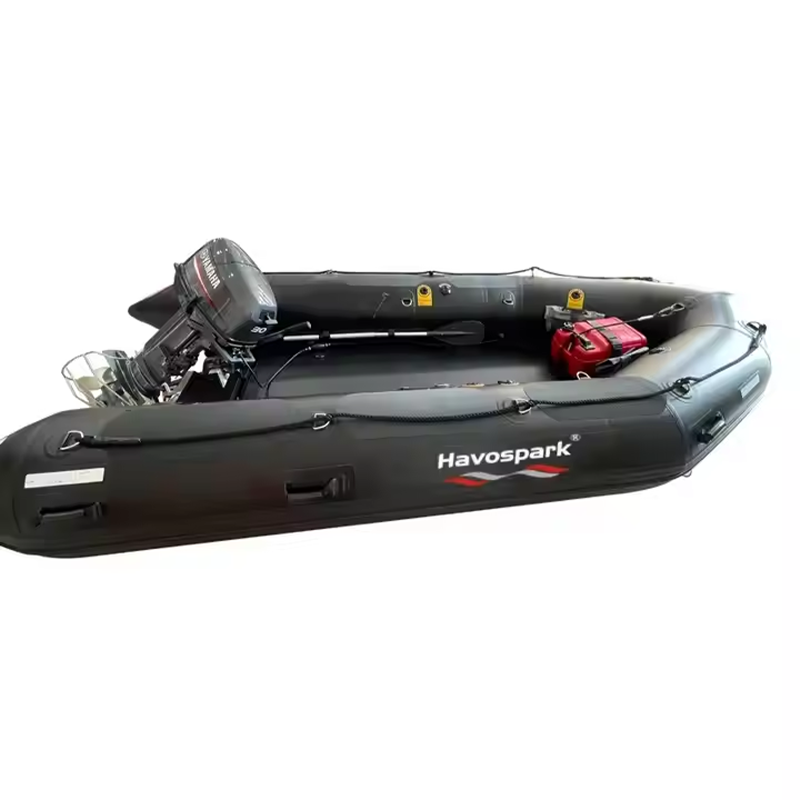The Evolution of Water Rescue Technology
From Manual Methods to Technological Breakthroughs
Water rescue operations have come a long way since their inception. Traditionally, these operations relied heavily on manual methods such as rope throw bags and boat-based rescues, which primarily depended on the rescuer's skill and timing. These techniques faced significant limitations, including slow response times and high safety risks for both rescuers and victims. Navigating unpredictable water currents and reaching remote locations posed further challenges, often leading to less effective rescue outcomes.
The introduction of technology marked a pivotal shift in water rescue strategies. The advent of motorized boats improved mobility, minimizing transit times to victims. Additionally, initial rescue drones offered an aerial perspective, aiding in spotting and reaching distressed individuals quickly. Technological innovations, such as rescue robots and remote-controlled lifebuoys, enhanced safety and operational efficiency in rescue scenarios. Significantly, statistics from organizations like the National Safe Boating Council reveal a reduction in drowning rates due to these advancements, highlighting their life-saving impact.
The Role of Life Jackets and Firefighter Rescue Innovations
Life jackets have evolved tremendously, offering enhanced safety features for water activities. Early life jackets were bulkier and less comfortable, but advancements in design and materials have led to more streamlined versions that offer better buoyancy and mobility. Modern life jackets often incorporate inflatable mechanisms for easy deployment and improved functionality, ensuring safety without sacrificing comfort or effectiveness.
Firefighter rescue innovations have also expanded into aquatic rescue domains. Tools like thermal imaging cameras enable rapid victim location and response, even in challenging environments such as these. By providing rescuers with the ability to detect heat signatures, these technologies enable faster and more efficient rescues in low-visibility situations, including water emergencies.
Industry studies support the correlation between advanced life jacket technologies and increased survival rates in aquatic emergencies. These innovations in firefighter rescue and life jacket design exemplify the commitment to enhancing water safety and underscore the ongoing evolution of rescue technologies.
How Remote-Controlled Lifebuoys Work
Core Features: GPS, Durability, and Wireless Control
Remote-controlled lifebuoys provide an impressive array of features that ensure both precision and reliability in rescue operations. These devices incorporate advanced GPS technology, offering high accuracy in locating individuals in distress. With an operational range that extends up to 500 meters, these lifebuoys are engineered from robust materials resistant to harsh aquatic environments, ensuring longevity and dependability. Wireless control is facilitated by user-friendly interfaces, typically via remote controllers or mobile apps, allowing for swift deployment and precise navigation to victims. Testimonials from rescue operations underscore the reliability and performance of these devices, demonstrating their vital role in enhancing the efficiency of water rescues through technology.
Advantages Over Traditional Lifebuoys and Life Jackets
Remote-controlled lifebuoys stand out for their unmatched advantages over traditional lifesaving devices. Unlike conventional lifebuoys and life jackets, these advanced gadgets are incredibly user-friendly, simplifying the rescuing process without necessitating professional intervention. Their ability to rescue multiple victims simultaneously underpins a significant advantage over traditional methods. Furthermore, remote lifebuoys excel in speed and convenience, being rapidly deployable in emergency scenarios and minimizing the need for rescuers to put themselves at risk. Insights from industry case studies and expert opinions highlight that remote lifebuoys have revolutionized rescue operations, demonstrating increased rescue rates and improved effectiveness in saving lives amidst emergency conditions.
Applications in Emergency and Recreational Settings
Coastal Rescues and Firefighter Deployments
Remote-controlled lifebuoys are revolutionizing coastal rescue operations, especially in situations involving swimmers trapped in rip currents or amidst large gatherings. These devices offer a rapid response capability, vital for scenarios where minutes can save lives. In particular, they have proven beneficial for firefighters managing water rescues, augmenting traditional methods. For instance, by deploying remote-controlled lifebuoys alongside conventional rescue teams, firefighters can reach victims more efficiently, reducing the need for direct human intervention in perilous water conditions. Statistics highlight notable improvements in response times following the introduction of these lifebuoys, indicating a profound impact on operational efficiency during emergencies.
Enhancing Safety for Swimming and Water Sports
In the realm of recreational safety, remote-controlled lifebuoys are becoming essential during swimming and water sports events. Recreational facilities, including water parks and resorts, are increasingly adopting these innovative devices to provide enhanced rapid response capabilities, ensuring guest safety. The integration of these lifebuoys into safety protocols demonstrates a commitment to preventing drowning incidents and enhancing overall water safety. User feedback frequently highlights improvements, with safety audits supporting these sentiments, showcasing reduced risk levels and increased trust in safety measures among guests. The trend towards incorporating such advanced technology signifies a major shift in prioritizing safety in water-based recreational activities.
Future Trends in Rescue Technology
AI Integration and Drone-Assisted Operations
Artificial intelligence (AI) is set to revolutionize rescue technology by providing predictive analytics that can forecast drowning incidents. These intelligent systems could examine various factors such as weather conditions and crowded beach warnings, enhancing preemptive measures in potentially hazardous situations. Additionally, drone technology is poised to play a significant role as they can scout vast water areas and rapidly identify persons in distress, thus enabling quicker responses. Research is already underway, incorporating lifebuoys with drones to increase effectiveness in rescue operations. Experts predict that with AI and drones working hand-in-hand, the future of lifebuoy deployment will see drastic reductions in response times, improving overall water safety significantly.
Global Adoption Challenges for Remote Lifebuoys
Despite the innovative strides in remote lifebuoy technology, global adoption faces several challenges. Firstly, costs associated with purchasing, maintaining, and training personnel to operate these devices can be prohibitive, particularly for communities with limited resources. Urban areas often have better access to this life-saving technology, whereas remote locations struggle due to higher logistical costs and infrastructural limitations. Nevertheless, successful adoptions such as those in Shoalhaven, facilitated by community support and grants, serve as case studies in overcoming these barriers. These cases highlight the necessity of both financial and educational investments to ensure these communities can integrate new technologies effectively, saving more lives through improved access.








 Hot News
Hot News
